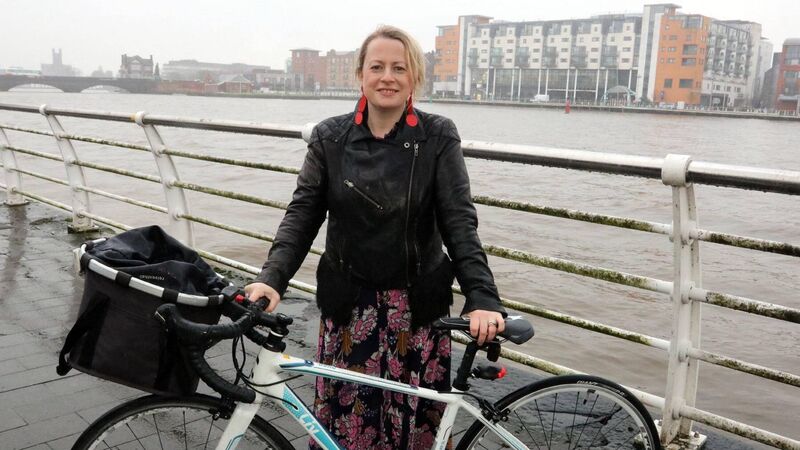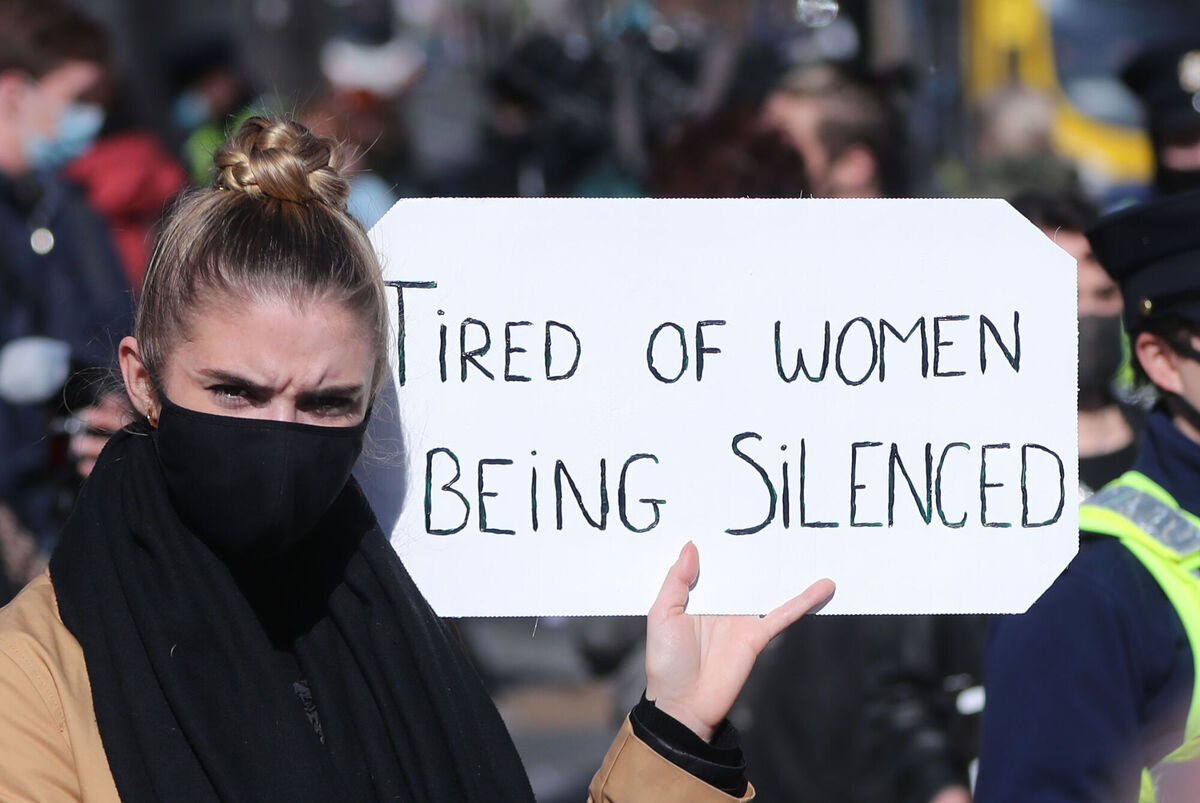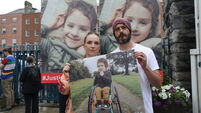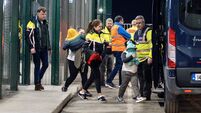Active travel plans must take heed of gendered differences

Anne Cronin believes city planning needs to focus on how mobility patterns differ for women, children, the elderly, those with a disability and different ethnic minorities.
While the pandemic has seen more of us get out of cars and onto our two feet or our bikes, it’s also highlighted the differences in the availability of public spaces to men and women. As our cities move towards more sustainable transport models, with increased public funding being given to these, it’s worth examining whether that funding is being channelled appropriately to tackle this discrepancy.
The Department of Transport has recently announced 248 new jobs across all local authorities to expand walking and cycling facilities across the country. Up to 218 staff will be employed across the local authorities with an additional 30 proposed for Regional Cycling Design Offices, of which 25 posts are proposed for the Mid-West region, to establish a multidisciplinary active travel office in Limerick. The office will be populated with professionals from a range of disciplines needed to make our roads and streets safer, healthier, and able to carry more people to where they want to go. One of the key needs, as identified by the Minister, is that this office “will make our streets more accessible to all.” The backdrop to this landscape however is that spatial and social segregation is increasing in Limerick; largely based on ethnicity, gender and socio-economic conditions. Consequently, we need our public spaces to serve as public meeting places with a potential to bridge social and spatial segregation in society as well as keeping everyone as safe as possible. This puts pressure on planning with reference to prioritising accessible public space.
We need someone focused on how mobility patterns differ for women, children, the elderly, those with a disability and different ethnic minorities. We must consider how these hostile environments feed into a firmly held view that the streets in many of our towns and cities are unsafe.
Within the past few weeks, the fears women have around being alone in public spaces were highlighted after the death of Sarah Everard in London.
In their 2020 report ‘Travelling in a Woman’s Shoes’, Transport Infrastructure Ireland (TII) found that “transport is often seen as gender-neutral, providing benefit to all equally, however, women and men can have different needs, constraints and expectations for using transport”.

Irish authorities have been late to the table on this issue — as far back as 2011, Sweden introduced a gender equality initiative that required cities to review all their policies and activities through a gender lens.
As Caroline Criado Perez points out in her book — “the hidden gender bias in transport decision-making stems from the lack of data we collect on women. Not collecting data on women’s travel patterns, therefore, tells an incomplete story”.
In 2014, the UN Commission on the Status of Women identified that a “male bias existed in the planning, provision and design of transport systems due to women’s under-representation in the sector”.
In Vienna, gender perspectives already form part of city and transport planning, allowing women’s voices to be heard in terms of how the city is designed. One case study used in the Travelling in Women’s Shoes report looks at how projects develop in the city.
Alongside these developments, Vienna does the simple things too - like designing footpaths to provide greater space for women with buggies and children or elderly people on foot. The focus is on getting people out of cars and moving and taking away barriers that make that difficult so people can walk and cycle with ease.
Travelling in a Woman’s Shoes poses the question — what is the added value of designing cities for women - and finds that “studying and designing for women’s mobility compels us to step out of our comfort zone of traditional transport policy-making and planning. It requires us to confront a level of discomfort or scepticism, increasing our collective and personal gender awareness”. Put simply we need to listen differently to formerly excluded groups, of which women and children form a large part.
One way to target these questions is called “the gendered landscape” (a term developed in 2009 by the Swedish Gender Equality Strategist Helene Brewer) where “transformation of areas within the city is analysed from a human rights perspective on the basis of different groups perceptions and experiences of a public place”. Considerations include why fewer women cycle to work due to safety concerns as well as the fact that they are often accompanying children, for whom our cities are not equipped with appropriate safety infrastructure. This is certainly the case in Irish cities. This would look at routes, streets, speed and time of travel and patterns. Which streets are not used, what routes women take, where are women travelling to, does journey length matter if the lighting is better on a longer route?
In Ireland we see interventions to get women cycling have focused on building confidence and behaviour change, often considered the soft approach. Many women argue it's infrastructure that needs to change, using a much harder, more focused, progressive and diverse approach. How we build and design must represent all those who use what we build and design.












